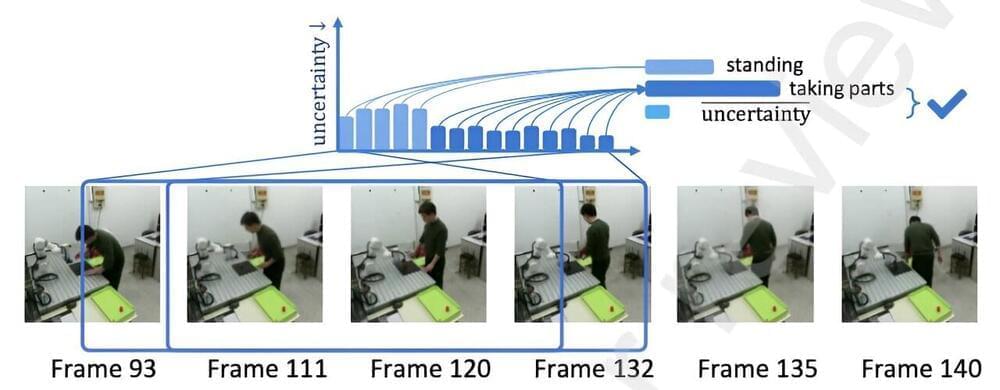The digital twin system created by Zhang, Ji, and their colleagues creates a virtual replica of a scene in which a human and robot agent are collaborating.
Robotics systems have already been introduced in numerous real-world settings, including some industrial and manufacturing facilities. In these facilities, robots can assist human assembly line and warehouse workers, assembling some parts of products with high precision and then handing them to human agents tasked with performing additional actions.
In recent years, roboticists and computer scientists have been trying to develop increasingly advanced systems that could enhance these interactions between robots and humans in industrial settings. Some proposed solutions rely on so-called ‘digital twin’ systems, virtual models designed to accurately reproduce a physical object, such as specific products or components that are being manufactured.
Researchers at Nanjing University of Aeronautics and Astronautics in China recently introduced a new digital twin system that could improve the collaboration between human and robotic agents in manufacturing settings. This system, introduced in a paper published in Robotics and Computer-Integrated Manufacturing, can create a virtual map of real-world environments to plan and execute suitable robot behaviors as they cooperate with humans on a given task.
